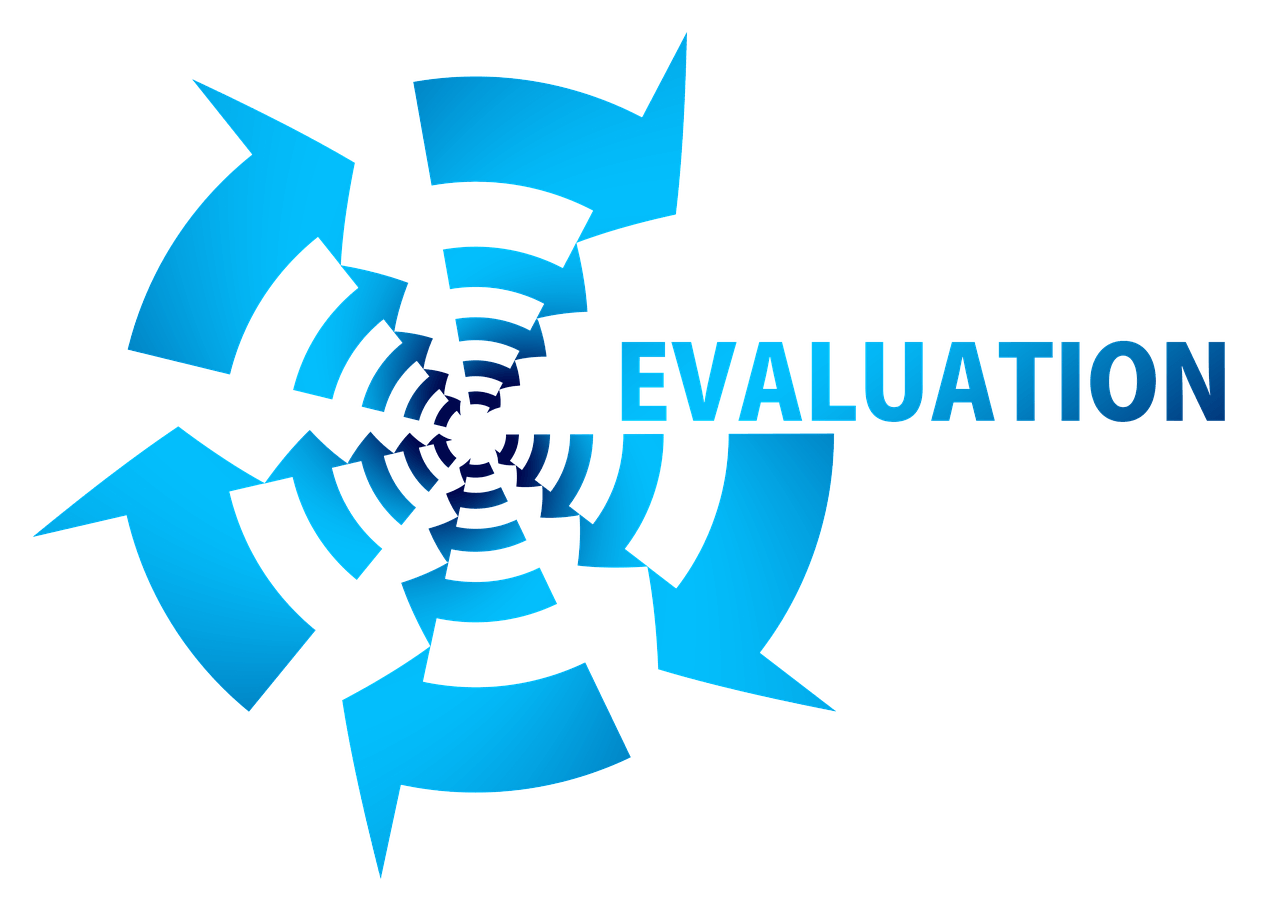Development Program Evaluation is not limited to comparing the dollars raised “this” year to previous years’ totals. It’s about being sure that each/every element of your “program” is performing as desired/required … to ensure adequate funding for your services, now and in the future.
The performance of a Development Program is evaluated based on Donor Acquisition, Donor Retention, Donor Cultivation, Donor Stewardship, Leadership and, of course, Dollars Raised.
The reasons for Donor Acquisition fall into two general categories – to expand your donor base, and to replace the donors you lose through attrition. Among the questions you should address are: (1) How productive are the lists you are using; (2) How effective are the letters you are sending to the different prospect groups; and, (3) Are you mailing too often or not often enough.
There are two aspects to Donor Retention; one relates to the percentage of donors acquired “last year” that contribute “this year; the percentage of donors who are “regular” contributors; and, the percentage of your donors that “lose interest” in your organization. These are fairly easy to determine … mere arithmetic. And, if you’re losing more than you’re acquiring, that raises a number of significant questions.
The central aspect of Donor Cultivation that requires examination is whether you have a sufficient number of (potential major) donors being cultivated, so as to maintain a steady stream of major gifts. Again, this is a numbers game. You have to have a large enough number of leaders who are working to identify , cultivate, solicit and maintain relationships with (potential) donors.
Donor Stewardship is your ongoing contact, and the substance of that contact, with your current and PYBuNT (Prior Years But Not This) donors. You should be keeping records as to how often you (that’s a generic “you”) are in touch with your donors, what recognition/visibility they get for their support, what information you are providing to them, and how you are providing that information.
“Leadership” is how many new leaders have been recruited, how many have been trained, how many are involved in the cultivation/solicitation/stewardship of donors, and how enthusiastic those leaders are.
A Grants (gov’t, foundation and corporate) Program would be evaluated based on the number/percentage of grant proposals that actually get funded, the size of those grants, and the number of grantors that “regularly” support you. A Grants Program is not about how many proposals you submit, but about your reputation/credibility with the grantors.
And, the success of your Special Events Program is measured by leadership participation, the number of new donors acquired, whether an event will draw a crowd (again) next year, and the extent to which each event enhanced your organization’s reputation/credibility. And, where it would be great if all your events were extremely productive, dollar-wise, that’s not always a measure of success.
I’m sure you noted the overlap of the elements, and that to evaluate a Development Program there is a lot of information to be gathered (on an ongoing basis) and evaluated.
One last item to consider: What is the cost-per-dollar raised for each element of your Development Program, and for your Program, overall?
The bottom line in doing your annual evaluation is having goals against which to compare your reality.
If you don’t have a Fundraising Plan with specific goals for each segment of the development process, you can’t evaluate whether or not you’ve reached your goals.
=-=-=-=-=-=-=-=-=-=-=-=-=-=
We’ve been posting these pieces for the last five years,
and we’re now at a point where, to keep this “blog” alive,
we need your questions/problems to engender further discussion.
Look forward to hearing from you.
Comments & Questions
=-=-=-=-=-=-=-=-=-=-=-=-=-=
Have a comment or a question about starting, evaluating
or expanding your fundraising program?
AskHank
=-=-=-=-=-=-=-=-=-=-=-=-=-=
Have you heard about
The Fundraising Series of ebooks?
They’re easy to read, to the point, and inexpensive ($1.99-$4.99)
=-=-=-=-=-=-=-=-=-=-=-=-=-=
If you’re reading this on-line, and would like to comment/expand on the above piece, or would just like to offer your thoughts on the subject of this posting, we encourage you to “Leave a Reply.” If you’re reading this as an email, and you want to comment on the above piece, email Comments to offer your thoughts. Your comments, with appropriate attribution, could be the basis of a new posting.
 Sections of this topic
Sections of this topic
















